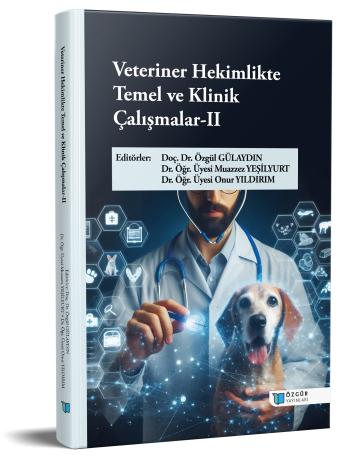
Diagnosis and Treatment of Cataracts in Dogs
Chapter from the book:
Gülaydın,
Ö.
&
Yeşilyurt,
M.
&
Yıldırım,
O.
(eds.)
2025.
Basic and Clinical Studies in Veterinary Medicine-II.
Synopsis
The lens is a transparent, biconvex structure that lacks nerves and blood vessels, focusing light onto the retina. With aging, insoluble proteins increase, contributing to cataract formation. Cataract is the loss of lens transparency and is associated with factors such as genetics, trauma, diabetes, toxins, radiation, and electricity. Diagnosis involves ophthalmic examination, pupil dilation, and B-mode ultrasonography. Medical treatment has limited effectiveness; atropine can aid pupil dilation, and antioxidants may slow disease progression. Surgical treatment is more effective and includes techniques like phacoemulsification, discission-aspiration, extracapsular, and intracapsular extraction. Phacoemulsification is a minimally invasive method using ultrasound to fragment and aspirate the lens, with a high success rate. In intracapsular extraction, the lens capsule remains intact; due to the risk of retinal detachment, vitrectomy or intraocular implants may be required. To correct postoperative hypermetropia, intraocular lenses (PMMA, silicone, acrylic) are used—foldable lenses offer easier implantation and reduced inflammation.

